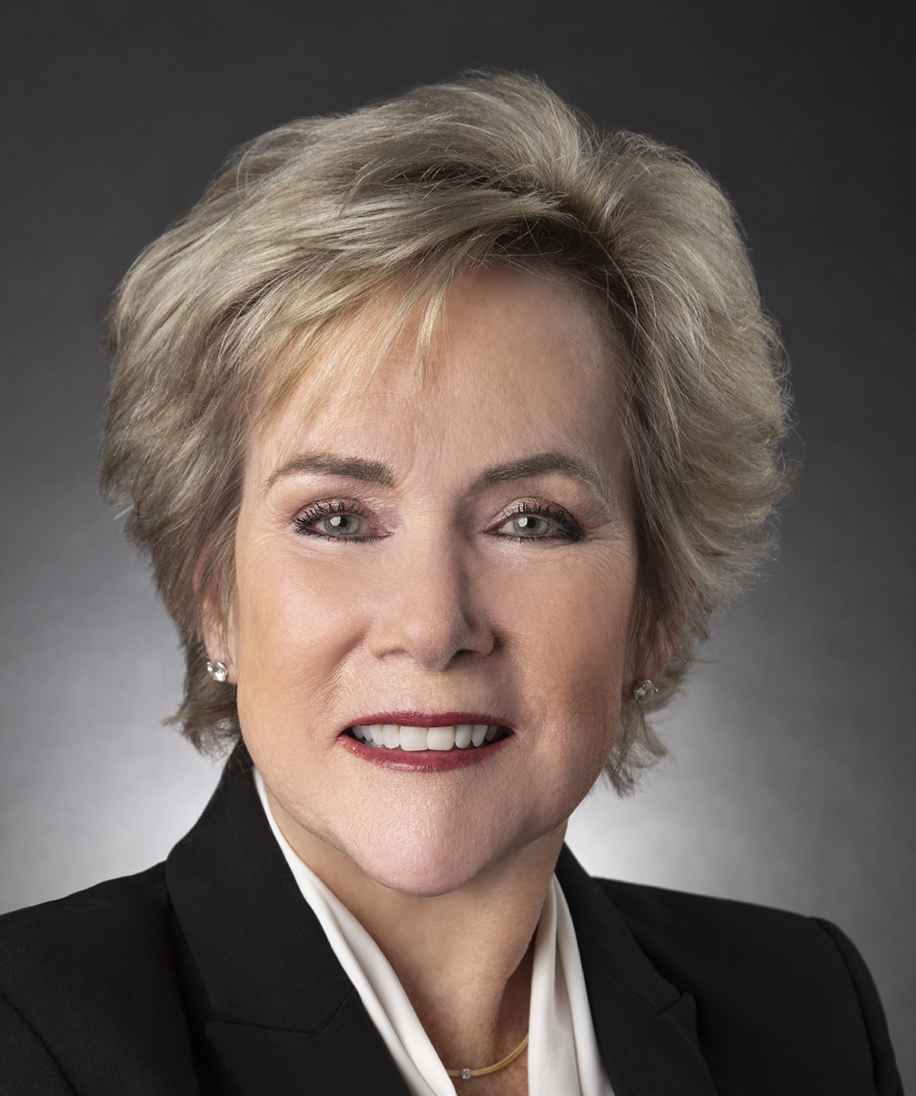Client Alert
They Keep Coming: The SEC Enters a $5.5M Settlement with AstraZeneca PLC Resolving FCPA Allegations
September 12, 2016
By Gary Giampetruzzi, S. Joy Dowdle & Katherine K. Solomon
Continuing its onslaught of enforcement actions against life sciences companies this year, the U.S. Securities and Exchange Commission (“SEC”) announced its recent settlement with AstraZeneca PLC (“AstraZeneca” or “the Company”). The August 30, 2016 cease-and-desist order resolves allegations that AstraZeneca’s Chinese and Russian subsidiaries violated the internal controls and recordkeeping requirements of the Foreign Corrupt Practices Act (the “FCPA”), which allowed management and staff to engage in and conceal improper payment schemes to health care providers (“HCPs”) at state-owned and state-controlled entities in China and Russia and to local government officials in China. AstraZeneca paid $4,325,000 in profit disgorgement, plus $822,000 in prejudgment interest and a civil penalty of $375,000 to resolve these allegations. Though also reported to have been investigating the Company,[1] the U.S. Department of Justice (“DOJ”) was not involved in this resolution. This SEC-only resolution follows several other recent SEC-only resolutions in the life sciences sector.
The SEC’s Strong Life Sciences Focus
Beginning in the early 2000s and ramping up further in 2009, the SEC and DOJ have repeatedly expressed their intent to bring the full weight of the U.S. government’s enforcement power down on the pharmaceutical industry, and the life sciences sector overall. In 2015, Andrew Ceresney, Director, Division of Enforcement warned compliance professionals across the pharmaceutical industry at a congress gathering, “Now, our FCPA focus obviously covers many industries. . . . But the pharma industry is one on which we have been particularly focused in recent years. A few factors combine to make it a high-risk industry for FCPA violations.”[2] In February of this year, the SEC’s FCPA Unit Chief Kara Brockmeyer further warned that the agency “is going back to the pharma industry after a break for a period of years.” And the SEC’s enforcement activity in 2016 thus far makes clear that Brockmeyer’s warning was not a hollow one.
In early February, SciClone Pharmaceuticals consented to the SEC’s cease-and-desist order and agreed to pay $12.8 million to settle FCPA allegations surrounding its activities in China ($9,426,000 in profit disgorgement, $900,000 in prejudgment interest, and a $2.5 million civil penalty) and participate in a three-year self-monitorship to settle the matter. A mere month later, in early March, the SEC announced its cease-and-desist order to resolve FCPA allegations regarding Nordion Inc.’s activities in Russia, exacting a $375,000 civil penalty from the company (in addition to a former employee’s disgorgement, interest, and civil penalty totaling almost $180,000 for his role in facilitating the alleged bribes). Just a few weeks later, in late March, the SEC issued a cease-and-desist order resolving similar FCPA allegations involving Novartis AG’s Chinese subsidiaries. Novartis paid the SEC $25 million ($21.5 million in profit disgorgement, $1.5 million in prejudgment interest, and a $2 million penalty) and agreed to a two-year self-monitorship to resolve the matter. On June 21, the SEC issued a cease-and-desist order with Analogic, resolving allegations that its Danish subsidiary, BK Medical ApS engaged in “hundreds” of “sham transactions” directed by distributors in Russia, Ghana, Israel, Kazakhstan, Ukraine, and Vietnam. Analogic paid the SEC $7.7 million in profit disgorgement and $3.8 million in prejudgment interest. Under the accompanying $3.4 million non-prosecution agreement with the DOJ, which was tied to the new FCPA Pilot Program, Analogic agreed to a three-year self-monitorship and continued cooperation with enforcement authorities.
With the focus on the pharmaceutical industry, as reflected by these public warnings and cases themselves, the August 30, 2016 cease-and-desist order with AstraZeneca comes as no surprise.
The AstraZeneca Resolution
The AstraZeneca resolution covers conduct allegedly occurring from 2005 to 2010 at its wholly-owned subsidiaries in China and Russia. From 2006 to 2009, AstraZeneca (Wuxi) Trading Co. Limited (“AZ China”) sales staff and management recorded projected and past payments of maintenance fees, gifts, entertainment, and other fees to HCPs, including physicians, hospitals, and medical departments, throughout China. AZ China’s sales managers approved these payments expecting that the HCPs would buy more AstraZeneca products or support those products’ inclusion on formularies or drug reimbursement lists. Between 2007 and 2010, AZ China sales staff provided government-employed HCPs with “cash, gifts and other items” to induce the HCPs to purchase or prescribe AstraZeneca products. These sales employees generated and hid their payments in a variety of ways, including by (1) submitting fraudulent fa piao (tax receipts) for reimbursements that were “knowingly approved” by managers; (2) creating bank accounts in individual doctors’ names; (3) colluding with travel vendors who would submit false or inflated invoices; and (4) paying HCPs for fake or exaggerated speaker programs.
The SEC noted that AZ China’s “deficient controls” allowed its employees to submit and obtain reimbursement for fabricated or inflated expenses, including HCP speaker programs, without sufficient documentation. AZ China employees were even able to bypass the electronic system to avoid obtaining required approvals for speaker programs. Additionally, in 2008, local Chinese government officials made “inquiries” into the business practices of AZ China, which promptly made cash payments to the officials in an attempt to have the proposed fines reduced or dismissed. AstraZeneca has since reportedly been under investigation by the Chinese authorities, but there is no indication that there have been any resolutions of these matters in China.
In Russia, AstraZeneca UK Limited’s representative office there (pre-2007) and OOO AstraZeneca Pharmaceuticals (post-2007) (collectively, “AZ Russia”) similarly improperly incentivized government-employed HCPs to purchase and prescribe AstraZeneca products “[f]rom at least 2005 until 2010.” Specifically, AZ Russia staff meticulously tracked “the names of HCPs, the regions in which they practiced, their level of influence in making purchasing decisions for the respective entities where they worked and the manner in which they could be motivated to purchase AstraZeneca products through gifts, conference support and other means.” AZ Russia managers instructed or encouraged their reports to provide improper incentives to government-employed HCPs. AstraZeneca recorded all of AZ China’s and AZ Russia’s improper payments “as bona fide business expenses in its consolidated financial statements.”
According to the SEC, AstraZeneca, in both China and Russia, did not adequately enforce its written anti-corruption policy, including by failing to (1) implement “internal accounting controls relating to employee reimbursements, third-party vendors, speaker fees, conferences, gifts, travel and entertainment”; (2) provide FCPA training to employees who frequently interacted with government-employed HCPs; and (3) perform adequate due diligence and monitoring of third-party vendors.
The SEC noted that AstraZeneca did not voluntarily self-report its FCPA violations, then expounded on the Company’s later actions, including that it “provided significant cooperation” during the investigation, “immediately took a cooperative posture,” was forthcoming with information learned during its internal investigation, translated “key documents,” and disclosed information “that the [SEC] would not have been able to readily and independently discover.” The SEC highlighted AstraZeneca’s remedial efforts, including the Company’s (1) addition of resources and personnel devoted to compliance activities, especially in high-risk markets; (2) overhaul of its internal controls, anti-corruption training, and audits; and (3) varying levels of discipline imposed on the misbehaving employees. The SEC imposed a civil penalty of $375,000 in connection with the alleged violations from five plus years ago, with AstraZeneca being unable to assert any statute of limitations defenses in related administrative proceedings.[3]
Considerations from the AstraZeneca Resolution
1. The SEC as a Continued Pharma Enforcer
As we have noted previously, the SEC is actively fulfilling its promise of enforcement focus on the pharmaceutical industry, even in matters where jurisdiction or other issues preclude or discourage DOJ prosecutorial focus. The recent AstraZeneca resolution is yet another warning to life sciences companies that they remain squarely in the SEC’s enforcement crosshairs. With many of the more prominent names across the pharmaceutical and medical device industries having resolved FCPA cases with the SEC and/or DOJ, this SEC focus could mean that FCPA enforcement 2.0 will be coming soon to the sector.
2. Old But Not Forgotten
Notably, the conduct at issue in the AstraZeneca resolution began in the early 2000s, and—by the SEC’s own description in the resolution—ended by, at the latest, 2010. Given the FCPA’s five-year statute of limitations, these dates would appear to have posed significant roadblocks to active prosecution. The AstraZeneca resolution suggests that while jurisdictional or statute of limitations challenges may create a potential negotiating point for a company in reaching a resolution (e.g., the AstraZeneca resolution notes, in agreeing to the resolution, the Company waived “any statute of limitations defense” in certain related administrative proceedings), such issues will not necessarily result in the SEC’s complete abandonment of enforcement proceedings. Too often companies believe that they can simply move on once they have investigated and remediated FCPA compliance issues. However, the AstraZeneca resolution makes clear that the government does not always move on as quickly, and they don’t consider past problems to be necessarily outdated.
3. Continued Popularity of the Administrative Proceeding
Perhaps part and parcel with the presence of “defects” such as the limitations issues apparent in the AstraZeneca matter or the jurisdictional concerns apparently present in matters like Bristol-Myers Squibb and SciClone, the AstraZeneca resolution is yet another example of the SEC’s use of an administrative proceeding to resolve FCPA concerns. Since 2014, the vast majority of the SEC’s enforcement actions have been resolved as administrative proceedings. As we have noted previously, administrative proceedings have several advantages from the SEC’s perspective, including that (1) no judicial approval of the resolution is required; and (2) there is a lower threshold to demonstrate the requisite “likelihood of future violation” for a cease-and-desist order.
4. Disgorgement Without Anti-Bribery Violations?
Disgorgement—the concept that the ill-gotten gains of illegal conduct should not be retained—is traditionally (and logically) the result of violative conduct. Yet, the AstraZeneca resolution and resulting payment is largely disgorgement and interest ($5.1 million of the $5.5 million at issue), despite the fact that—like the SciClone, Nordion, Novartis, and Analogic matters—no actual bribery violation was established, and the Company expressly neither admits nor denies the allegations. If in fact these companies are required to “disgorge” gains from conduct that has not been established, charged, or plead as “violations,” is disgorgement now becoming the ultimate end unto itself?
[1] In its March 8, 2016 Form 20-F, AstraZeneca announced that “[1]n connection with investigations into anti-bribery and corruption issues in the pharmaceutical industry, AstraZeneca has received inquiries from enforcement agencies, including the DOJ and the SEC, regarding, among other things, sales practices, internal controls, certain distributors and interactions with healthcare providers and other government officials in several countries. AstraZeneca is cooperating with these inquiries. AstraZeneca’s investigation has involved indications of inappropriate conduct in certain countries, including China. Resolution of these matters could involve the payment of fines and/or other remedies.” To date there has been neither a public disclosure by the Company nor an announcement by the DOJ as to the status of the DOJ’s inquiry of the Company.
[2] Andrew Ceresney, Dir., Div. of Enforcement, Sec. & Exch. Comm’n, Remarks at CBI’s Pharmaceutical Compliance Congress in Washington D.C. (Mar. 3, 2015), available at https://www.sec.gov/news/speech/2015-spch030315ajc.html.
[3] AstraZeneca PLC, SEC Cease-and-Desist Order § IV(D) (Aug. 30, 2016), available at https://www.sec.gov/litigation/admin/2016/34-78730.pdf.
Contributors











Practice Areas
For More Information










